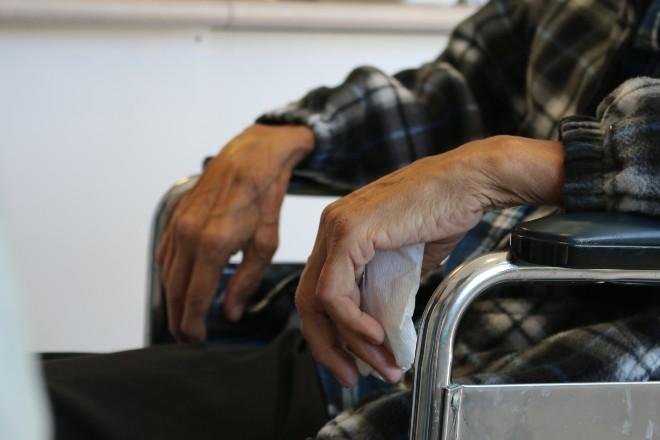The AMA is calling for increased funding to support and encourage more GPs to visit patients in nursing homes as well as greater investment in nursing home facilities to make it easier for GPs to deliver the care that people in nursing homes deserve.

The call comes as AMA members report significant barriers to delivering care and deterring doctors from visiting aged care facilities altogether.
Problems include:
- incompatible IT systems
- lack of nursing staff to identify patients and assist GPs with clinical handovers
- no clinically equipped private examination rooms available
- lack of physical access with no parking, and the need for personalised swipe cards and access codes
- lack of adequate financial support for doctors' visits
These hamper the delivery of quality patient care for our older Australians.
"AMA Members have signaled their intention to reduce nursing home visits and even cease them altogether and this is the last thing we want right now, when we know our older loved ones are suffering from a lack of medical care inside nursing homes," AMA President, Dr Omar Khorshid said.
"Instead we should be attracting more doctors into aged care by supporting them to take the time away from their busy practices and visit patients in nursing homes. That way GPs can continue their relationships with their elderly patients who move into aged care.
"Most GPs bulk bill their patients in aged care, but they themselves are out of pocket as a result as the current Medicare rebate is woefully inadequate to cover the time spent in nursing homes with patients and what we call 'non-contact time' - the time spent on a patient's care outside of their consultation.
"We are calling for increased Medicare funding so that GPs can work with nurses to deliver the quality and quantity of care that older Australians expect, and deserve, in a way that is sustainable for the health system.
"We've estimated this to cost $145 million in 2021-22 and $643 million over four years to 2024-25 in our new modelling. It's a relatively small ask when we've identified over $21 billion of savings that can be made in addressing preventable hospital admissions from aged care," Dr Khorshid said.
AMA Vice President, Dr Chris Moy, is a GP who works in aged care. He says there are a whole raft of non-contact activities carried out by GPs to support their aged care patients.
"Things like needing to discuss treatment with relatives and nursing home staff - it's almost like looking after three patients, not just one - as well as the mountain of paperwork that goes with that takes time and doctors must be supported in doing this," Dr Moy said.
"Additionally, incompatible IT systems often mean crucial patient information gets lost and that's bad news for the older person.
"It's ridiculous to talk about innovative digital technologies when they don't work for the patient and their doctor.
"The My Health Record, My Aged Care, nursing home IT and GP clinical software all need to be able to talk to each other for the benefit of the patient and all involved in their care.
"Often we can't examine our aged care patients in private because there are no available rooms for this. Nursing homes need clinically equipped examination rooms to preserve the person's dignity.
"Just making sure a GP is supported in visiting a resident who has deteriorated can make the difference between them having to be transferred to hospital or not. Being able to treat the resident in their home is better for the individual and the health system."
"We've identified a suite of needs for both the patient and GP in nursing home settings and if the Government is serious about reforming aged care, they should allocate resources to these areas.
"All of this speaks to our call to put health care back into aged care by boosting the number of doctors and nurses in aged care, and ultimately improving the health of our precious but often most vulnerable members of our community residing in the aged care system."
Details of $21 billion in potential savings identified by the AMA are contained in our latest report: 'Putting Health Care Back Into Aged Care'






